White Label Link Building: How Does It Work For SEO Agencies?
Dec 19, 2025

Dec 19, 2025

Dec 18, 2025

Dec 17, 2025

Dec 15, 2025

Dec 15, 2025

Dec 15, 2025

Dec 13, 2025

Dec 12, 2025
Sorry, but nothing matched your search "". Please try again with some different keywords.

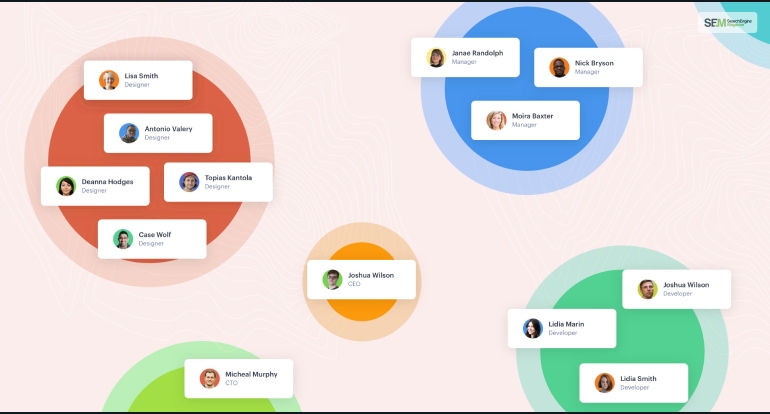
“What Criteria Cannot Be Used To Create A Custom Segment?”
The correct answer is: Ad Types.
Explanation: In terms of creating a custom segment, the only section for which you can’t create one is for any ad type, ad group type, or even campaign type.
The segment is a subset of the Analytical data, but different types of Ads don’t fall under these dimensions or metrics. You can only choose the type of ad group or campaign, but you can’t choose any particular type.
When it comes to segment builders, they create component filters of segments on the basis of Analytics of metrics and dimensions.
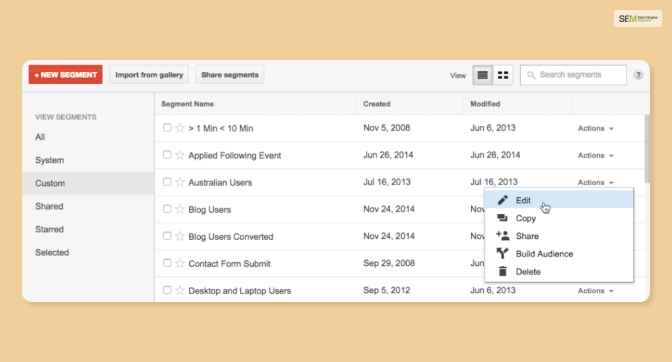
To build a new segment, you need to properly configure all the individualized filters in a segment. And then, you need to apply the segments to all of your reports, and in the dashboard then, you can see specific data.
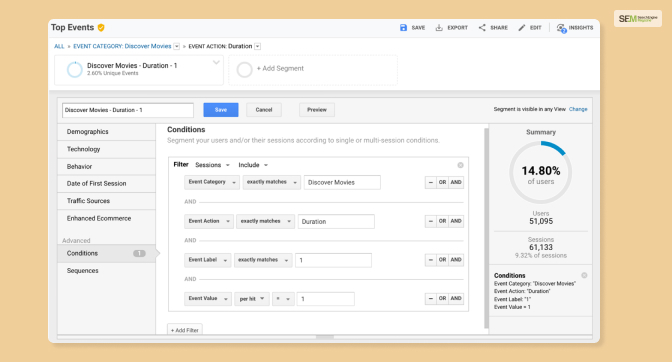
When it comes to segment builders, it helps you to create different component of filters of segments based on the Analytics metrics and dimensions. This way, you get to choose the metric or dimensions, comparative operator, then you need to enter the value to set certain conditions on the filter. For certain cases, people can choose the data scope (session, hit, user).
Language – exactly matches – “fr”
(dimension – operator – dimension value)
Revenue – per user – > “100”
(metric – scope – operator – metric value)
Age – “18 – 24” (Age = 18 – 24)
(dimension – implied operator – dimension value)
Each segment contains about 20 filters.
Read More: What Is Not Considered A “Source” In Google Analytics By Default?
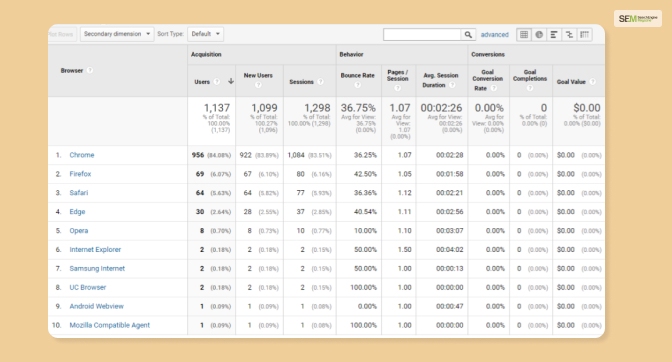
With each new filter, the segments have about a few more scopes of the data, which are defined as:
Behavior is usually confined in single action, for example starting a video or viewing a page.
Behavior in a single action; so, example, a certain goal of the users is completed during the session or even the amount of the revenue that they generated in a certain session.
The behavior across the sessions in the date that range that you are using is about 93 days. So, for example, the goals for the users are completed, or the revenue is generated in a data range. Keep in mind that users’ names (e.g. Brenda Holsinger) are not collected here.
The behavior that is associated with different products. They are available when you are using product – related to metrics.
When a filter has included more than one or multiple scopes, then they usually work together in the following way.
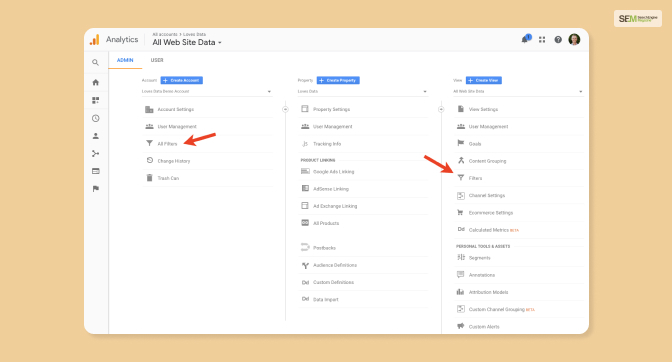
There are multiple values that have similar dimensions that are joined together with OR logic, example:
Age: 18 – 24 OR Age: 25 – 34.
The data will be met if either of the conditions is included.
If multiple values and dimensions in the similar category are then joined with AND logic, like, example:
Behavior: Sessions > 1 AND Behavior: Transactions per user > 1.
The data will be met if either of the conditions is included.
Dimension values and metric values are in the similar category that is joined with the AND logic, like, example:
Ecommerce: Revenue per user > 10 AND Ecommerce: Product = T-shirt.
The data will be met if either of the conditions is included.
The filters from more than one rather multiple category are joined together with AND logic, like, example:
Demographics filter AND Technology filter AND Sequences filter.
The data will be met if either of the conditions is included.
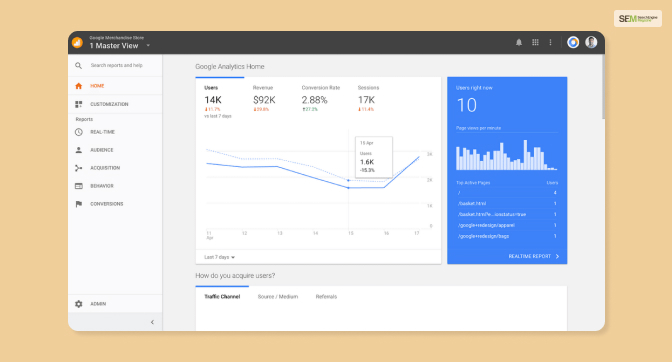
Read More: What Does Assigning A Value To A Google Analytics Goal Enable?
Now that you have an understanding of what criteria cannot be used to create a custom segment?, then you can now read upon how to build new segments.
However, before you know that, there are also certain filters and segments. So if you think this article was helpful, then give us a like and comment down below.
Read Also:
Nabamita Sinha loves to write about lifestyle and pop-culture. In her free time, she loves to watch movies and TV series and experiment with food. Her favorite niche topics are fashion, lifestyle, travel, and gossip content. Her style of writing is creative and quirky.
View all Posts
White Label Link Building: How Does It Work ...
Dec 19, 2025
Marketing Fundamentals: How To Build Your Fir...
Dec 18, 2025
AI SEO: Why It Matters & How To Rank O...
Dec 17, 2025
Best QA Testing Tools For Agile Development T...
Dec 15, 2025
NewzNav.com 2014623980: Is This News Site Wor...
Dec 15, 2025

